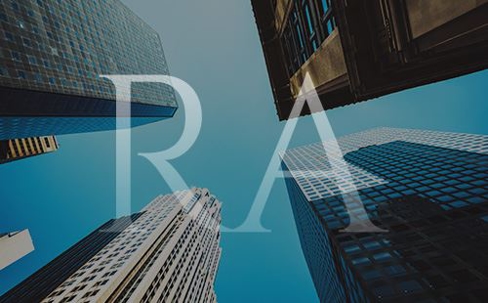The recent Appellate Division ruling in James v. Ruiz, A-3543-13T2 (App. Div. 2015) has addressed the ever present issue of “bootstrapping” through expert testimony. Expert “bootstrapping” involves one expert testifying about the opinions of other experts who do not testify. Often, the testifying expert’s sole purpose is to have the jury consider for their truth the absent expert’s hearsay opinions about complex and disputed matters.
The Court, in James v. Ruiz, found that plaintiff’s attempt to have an expert testify as to a non-testifying radiologist’s interpretation of a CT scan improper and directed the jury to consider only the opinions offered by the experts actually testifying before them. The trial Judge chastised plaintiff’s attorney for his attempt to backdoor the radiologist’s testimony without having him actually appear to testify.
After limiting plaintiff’s proofs by not allowing the introduction of the radiologist’s opinions, the jury returned a verdict of in favor of the defendant. Plaintiff filed an appeal.
In affirming the trial court’s limiting instructions, the Appellate Division noted plaintiff’s attempt to “get” the non-testifying radiologist’s opinion through direct examination of their orthopedic expert, and cross examination of the defendant’s orthopedic expert was impermissible hearsay.
This decision puts attorneys on notice that attempting to get non-testifying expert opinions into evidence through a testifying expert will likely fail. Out of extreme caution, if a party wants to ensure that a jury hears an expert's opinion, they should call the expert to testify.

